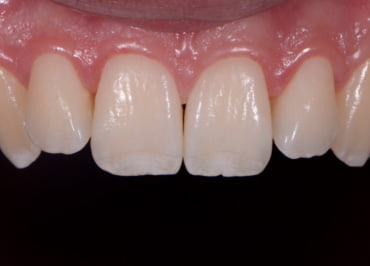Biomimetic restoration
Biomimetics tooth restoration is an advanced approach in dental treatment that aims to mimic the natural structure, function, and aesthetics of teeth. This technique uses materials and methods designed to replicate the physical and mechanical properties of natural teeth, providing more durable, functional, and aesthetically pleasing restorations.

Key Concepts in Biomimetic Restoration:
Material Selection:
Enamel and Dentin Mimicry: Composite resins and ceramics are used to replicate the hardness and translucency of enamel, while softer, more flexible materials mimic the properties of dentin.
Bioactive Materials: These materials promote the natural remineralization of tooth structures and can help in healing small cavities without the need for drilling.
Layering Technique:
Incremental Layering: This technique involves applying restorative materials in thin layers, which helps to recreate the natural layering of enamel and dentin. This approach reduces shrinkage stress and improves the bond strength of the restoration.
Adhesive Bonding:
Strong Adhesion: Modern adhesive systems create a strong bond between the restorative material and the tooth structure, which is crucial for the longevity and durability of the restoration.
Minimally Invasive Dentistry (MID):
Conservation of Tooth Structure: Biomimetic restoration emphasizes preserving as much of the natural tooth structure as possible, removing only the decayed or damaged portions.
Microdentistry Techniques: Utilization of precise instruments and techniques to ensure minimal removal of healthy tooth tissue
Functional and Aesthetic Considerations:
Natural Appearance: Restorations are designed to match the color, translucency, and texture of natural teeth, making them virtually indistinguishable.
Biomechanical Functionality: The restored tooth should function like a natural tooth, withstanding normal biting and chewing forces.
Benefits of Biomimetic Restoration
Enhanced Longevity: Mimicking the natural structure of teeth can lead to restorations that last longer compared to traditional methods.
Improved Oral Health: Preserving more of the natural tooth structure supports overall dental health and reduces the risk of future problems.
Aesthetic Appeal: The natural look of biomimetic restorations contributes to better patient satisfaction.
Reduced Sensitivity: More accurate replication of natural tooth properties can help reduce post-treatment sensitivity.
